![]()
![]()
![]()
Use LEFT and RIGHT arrow keys to navigate between flashcards;
Use UP and DOWN arrow keys to flip the card;
H to show hint;
A reads text to speech;
32 Cards in this Set
- Front
- Back
|
Q
Who were the conquistadors? |
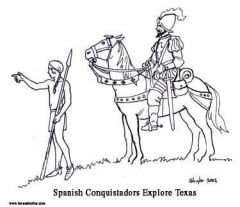
A
Spanish conquerors in the Americas during the early 1500s |
|
|
Q
vocabulary: demarcation |
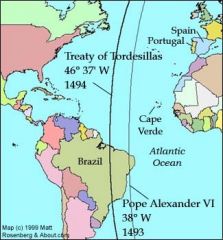
A
A line that marks a boundary. |
|
|
Q
Where was the compass invented? |
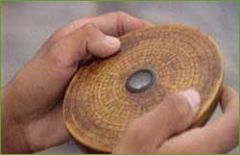
A
China |
|
|
Q
vocabulary: caravel |
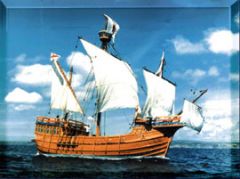
A
A ship that used square or triangular sails to travel long distances swiftly. Used by Portugal and Spain. |
|
|
Q
vocabulary: cartographer |

A
A person who makes maps. |
|
|
Q
vocabulary: expedition |
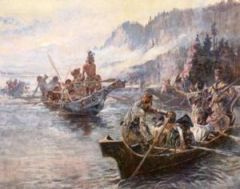
A
a journey made for some specific purpose |
|
|
Who is
Marco Polo? |
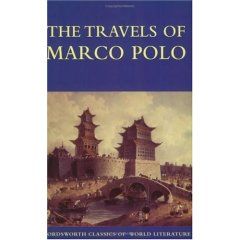
A
Polo traveled across Asia and wrote a book that caused Europeans to want goods from Asia. |
|
|
Who is
Christopher Columbus? |

A
Columbus opened up the Western Hemisphere, discovered the island of San Salvador. |
|
|
Who is
Amerigo Vespucci? |

A
America is named after Amerigo Vespucci. He realized Columbus had found a new continent. |
|
|
Who is
Hernando Cortes? |

A
Cortes defeated the Aztec Empire. |
|
|
Who is
Juan Ponce De Leon? |
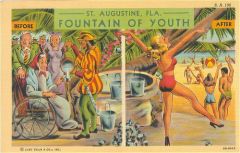
A
Ponce De Leon claimed Florida for Spain while looking for the "Fountain of Youth." |
|
|
Who is
Ferdinand Magellan? |

A
Magellan's crew was the first to sail around the world. |
|
|
Who is
Jacques Cartier? |
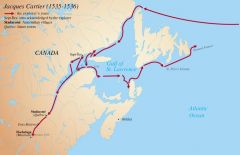
A
Cartier sailed up the St. Lawrence River and claimed parts of Canada for France while looking for the Northwest Passage. |
|
|
Who is
Henry Hudson? |
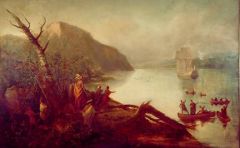
A
Hudson gave the the Dutch control of New York Harbor and the Hudson River while looking for the Northwest Passage. |
|
|
Who is
Vasco da Gama? |
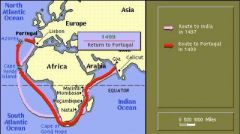
A
Da Gama was the first to find an all water route to India. |
|
|
Who was
Francisco Pizarro? |
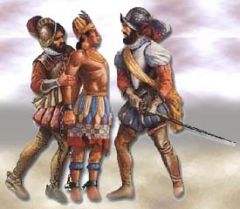
A
Pizarro defeated the Inca Empire. |
|
|
Q
Name the 7 (seven) Reasons for Exploration. |
A
1. Curiosity 2. Wealth 3. Fame 4. National Pride 5. Religion 6. Foreign Goods 7. Better Trade Routes |
|
|
Q
Name 3 (three) items which helped sailors to explore new areas. |
A
1. astrolabe (know location) 2. compass (know direction of travel) 3. caravel (type of ship) |
|
|
Q
What event closed the Silk Road? |
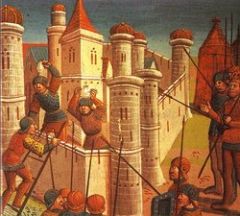
A
The Turks took control of Constantinople. |
|
|
Q
Who is Johannes Gutenburg? |
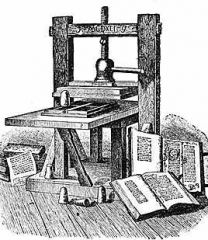
A
Gutenburg was the inventor of the printing press with movable type. |
|
|
Q
What was the result of Gutenburg's invention? |
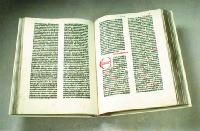
A
Printing books became easier and cheaper. This led to more books being read and knowledge and ideas being shared with many people. |
|
|
Q
Who is Bartholomeu Dias? |

A
Dias was the first European to sail around the southern tip of Africa, showing that a water route to asia was possible. |
|
|
Q
Who is Prince Henry? |
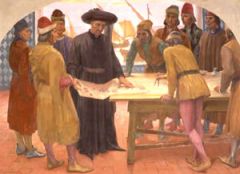
A
Prince Henry the Navigator of Portugal started a school for navigtion. There sailors, captains. mapmakers , and engineers shared knowledge and ideas. This lead to developing the caravel and improving or creating the compass and astrolabe which allowed travel to far and unkown areas. |
|
|
vocabulary:
profit |
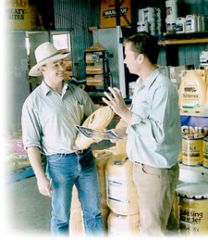
A
The merchant's or trader's money left from selling something after the cost of the goods and the cost of getting them is paid for. |
|
|
vocabulary:
astrolabe |
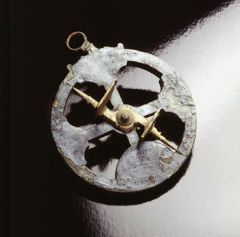
A
An instrument used to find one's location using the sun, moon, and stars. |
|
|
vocabulary:
navigation |
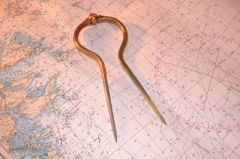
A
The planning and controlling the course of a ship. |
|
|
Q
vocabulary: Northwest Passage |

A
A nonexistent waterway thought to connect the Atlantic and Pacific Oceans. |
|
|
Q
Why were explorers searching for the Nothwest Passage? |
A
It would have provided the shortest possible trade route between Europe and Asia. |
|
|
Q
Who searched for the Northwest Passage? |
A
France sent Verrazano and Cartier. English and Dutch trading companies sent Henry Hudson. |
|
|
Q
What was the Columbian Exchange? |
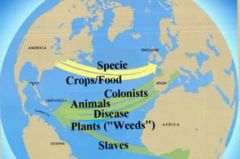
A
It is the term given to the spread of ideas, plants, animals, and disease between Europe (Eastern Hemishpere) and North and South America (Western Hemishpere). |
|
|
What spread from the Western Hemishpere to Europe in the Columbian Exchange and what were the results.?
|
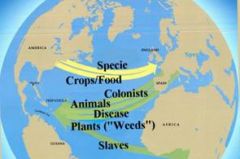
A
Potatoes and maize (corn) from the Americas improved the diet of many Europeans and permitted them to live longer lives. |
|
|
Q
What spread from the Eastern Hemishpere to the Americas in the Columbian Exchange and what were the results? |
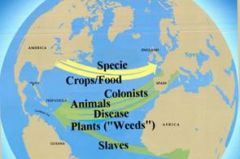
A
Sugar, horses, and disease spread from Europe to the Western Hemisphere. The Native Americans had not resistance to many European diseases such as small pox. This led to the death of millions of natives. Sugar was a labor intensive crop. Slaves from Africa where sugar cane already grew were brought to the Americas to grow sugar cane. This began the practice of slavery for economic gain. Horses improved transportation, farm work, hunting, and warfare. Horses gave the Conquistadors a great military advantage over Native Americans helping them to conquer the Aztecs and Incas. |

